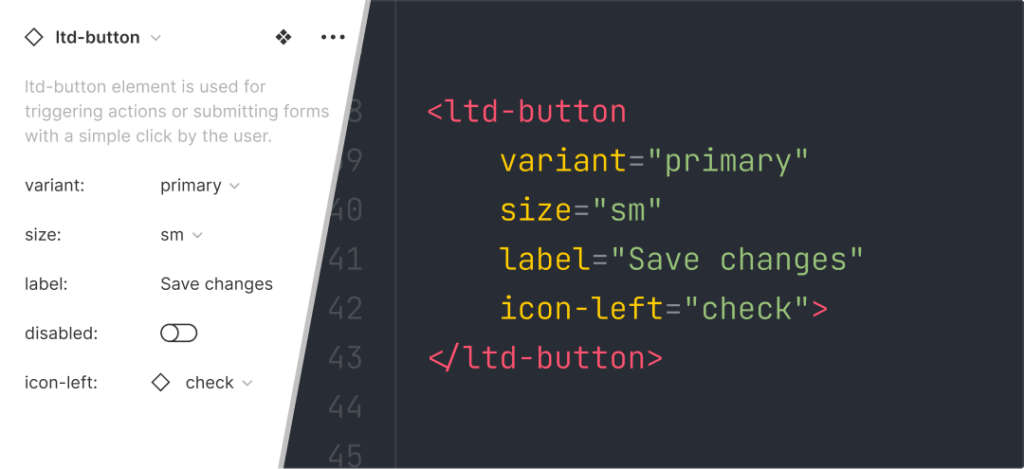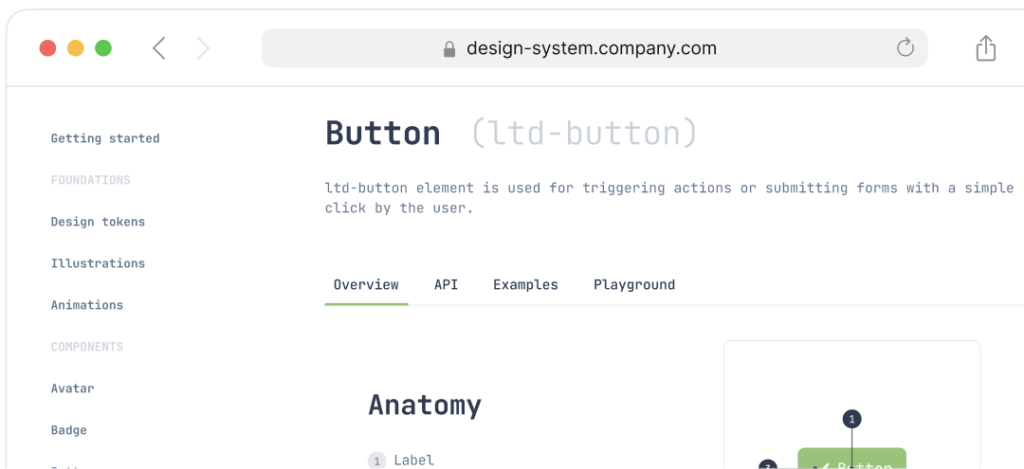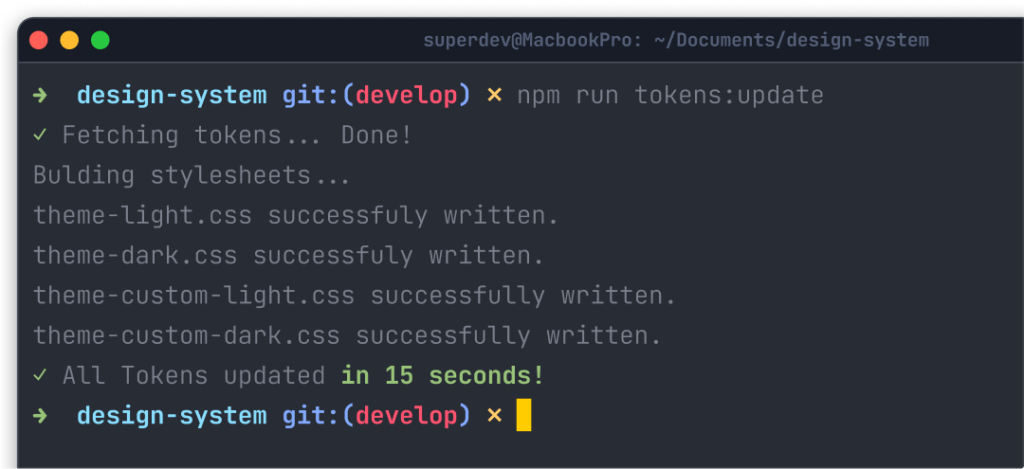In the fast-paced world of design and development, the importance of a robust and cohesive design system cannot be overstated. However, it is often overlooked and built in fragmented spare time, leading to a Frankenstein Design System that introduces more complexities than solutions.
Defining the Design System
The first step in our journey was to redefine the concept of a design system. It was imperative to dispel the misconceptions and noise surrounding design systems and emphasize their broader role in maintaining visual consistency in design and development through a systematic approach. We highlighted the need for a dedicated team comprising designers and developers who understand both worlds and possess a system-thinking mindset. This understanding laid the foundation for the comprehensive approach we were about to undertake.
Building with the LTD Method
The LTD method, comprising Libraries, Tokens, and Documentation, became our guiding light throughout the project. It provided a structured approach to address the complexities involved in building a design system. By leveraging the LTD method, we were able to streamline the setup process and focus on building components, thereby saving valuable time and resources.
One of the key aspects of the LTD method was the deep synchronization of design and development libraries, ensuring that components and elements worked seamlessly across both domains. We emphasized the importance of easy theming, allowing for customization and white-labeling to meet the client’s specific needs. Additionally, the framework-agnostic nature of the libraries ensured compatibility across various modern frameworks, reducing maintenance efforts and discrepancies.

Streamlined Processes
The LTD method facilitated the creation of detailed instructions on using elements and their configuration possibilities while maintaining visual consistency. These instructions were accessible to all stakeholders, including designers, developers, and testers, through a standalone documentation site. This centralized repository of information ensured clarity and ease of access, reinforcing the strength of the design system.
Our focus on processes, including delivery, issue reporting, handover, release strategies, maintenance, and extension, aimed to organize internal work and enhance the usability and reliability of the design system. By leveraging the predefined processes within the LTD method, we navigated the complexities and ensured a smooth and efficient workflow.

Success with the LTD Method
The LTD method proved to be instrumental in overcoming challenges and streamlining the design system development process. From providing ready definitions and dependency descriptions to simplifying education and documentation setup, the method facilitated a structured and efficient approach, ultimately leading to the successful delivery of a fully functional design system within the stipulated six-month timeframe. One of the results was shortening some of the processes (like implementing a new color theme) from a couple of weeks to much less than a minute (15 seconds to be exact).

The journey of building a comprehensive and cohesive design system using the LTD method was not without its challenges, but the structured approach and predefined elements proved to be invaluable. By embracing the LTD method, we were able to guide the client in creating a design system that not only met their specific needs but also laid the foundation for future scalability and adaptability. This project narrative serves as a testament to the effectiveness of the LTD method in building cohesive and robust design systems.





